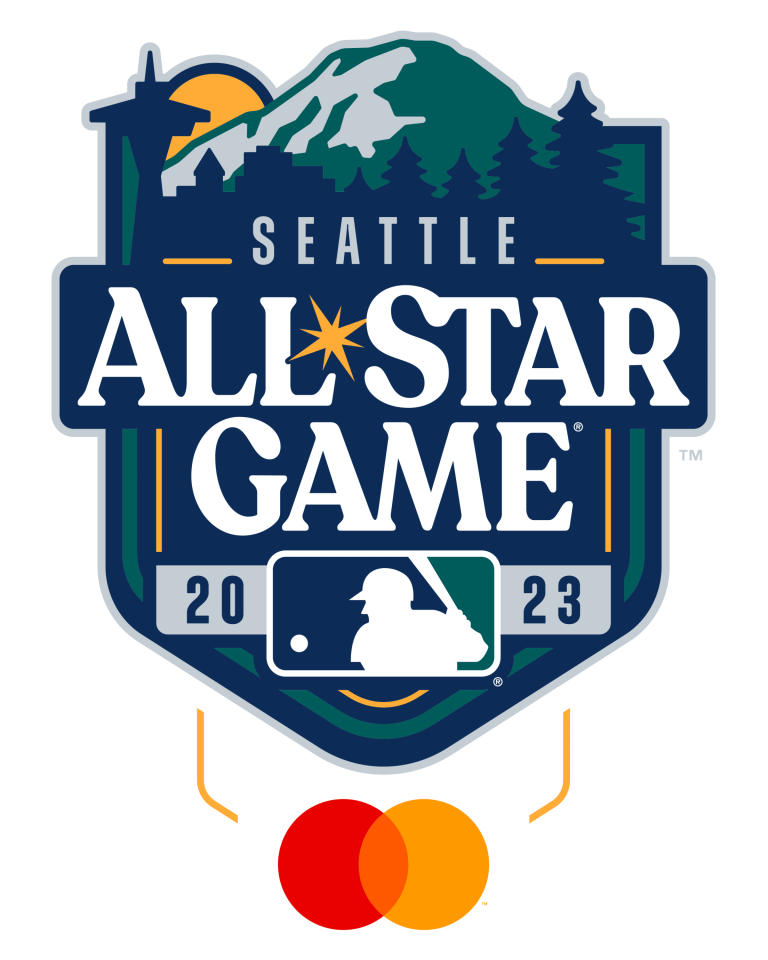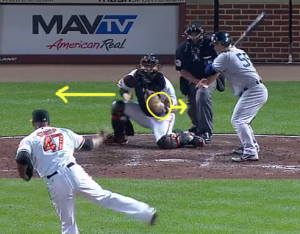As we navigate the midpoint of the baseball season, attention is increasingly turning towards Major League Baseball (MLB) prop bets. In particular, discerning sports bettors are intrigued by the trend of pitcher strikeout rates typically dipping in the second half of the season. This phenomenon is multi-faceted, arising from factors such as fatigue, opponent adjustments, and roster changes. Here, we will dissect the underpinnings of this trend and how it can inform your MLB prop bets.
Understanding the pitchers’ landscape in MLB prop bets involves more than just examining raw strikeout totals. In fact, the dynamic nature of the league means that one must consider the interplay between player fitness, strategic adjustments, and team dynamics.

As the season progresses into its later stages, fatigue becomes a growing factor in a pitcher’s performance. The physical toll of the grueling MLB schedule can often lead to a decrease in pitcher velocity, a critical component of strikeout ability. A study published in the Journal of Strength and Conditioning Research found that fastball velocity decreases incrementally over the course of a season. For bettors, this implies an anticipated drop in strikeout rates for high-velocity pitchers, presenting a crucial element to factor into your MLB prop bets.
Next, one must account for adjustments made by opposing teams. As batters face pitchers multiple times throughout the season, they adapt to pitching styles and repertoire, often leading to better contact and fewer strikeouts. Advanced scouting and data analytics play a huge part in this. MLB teams utilize vast amounts of data to analyze a pitcher’s tendencies and weaknesses, helping batters to anticipate and counter specific pitches, thereby reducing strikeout rates.
Another component to consider is roster changes around the trade deadline. The mid-season trade deadline often sees contending teams bolstering their lineups with high-quality hitters, who can contribute to the drop in strikeouts. Additionally, teams out of playoff contention may opt to give their young, inexperienced pitchers more game time, which can also lead to a decrease in strikeouts.
Understanding these factors, how can bettors adapt their MLB prop bets strategy? It’s crucial to focus on individual pitcher trends as much as possible. Look for pitchers who have historically maintained their performance levels in the second half of the season. This might indicate a better conditioning regimen or a more effective strategy against batter adjustments.
Also, keep a close eye on the trade market. Knowing which teams have strengthened their batting order can provide a clue as to which pitchers might see a dip in their strikeout numbers. Conversely, identify the teams that are prioritizing development over immediate success, as their pitchers might also be more susceptible to decreased strikeout rates.
Finally, take advantage of the various tools available for statistical analysis. Baseball is a numbers game, and understanding key statistics can give you an edge. For instance, keep an eye on a pitcher’s WHIP (Walks and Hits per Innings Pitched) and FIP (Fielding Independent Pitching), which are strong indicators of a pitcher’s true performance. A rising WHIP or FIP might signal an impending decline in a pitcher’s strikeout rate.
The second half of the MLB season brings a unique set of variables for those placing MLB prop bets. A keen understanding of the factors influencing strikeout rates can provide an edge, allowing informed bettors to make more accurate predictions. By considering elements such as player fatigue, opponent adjustments, and roster changes, you can optimize your betting strategy for the latter half of the season. Despite the general trend of falling strikeout rates, diligent analysis can uncover opportunities where others only see uncertainty.




